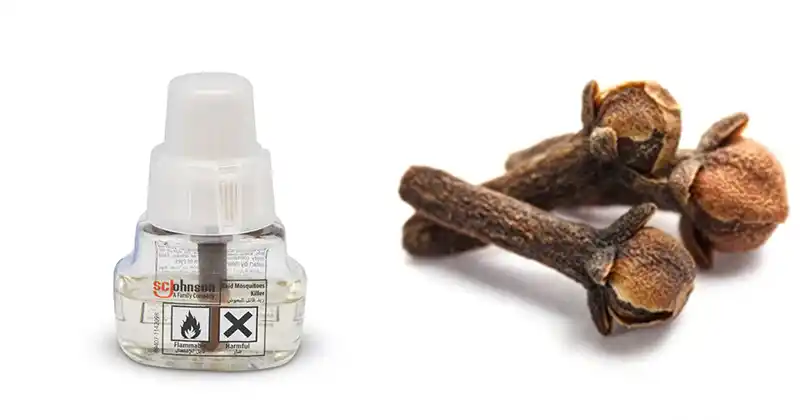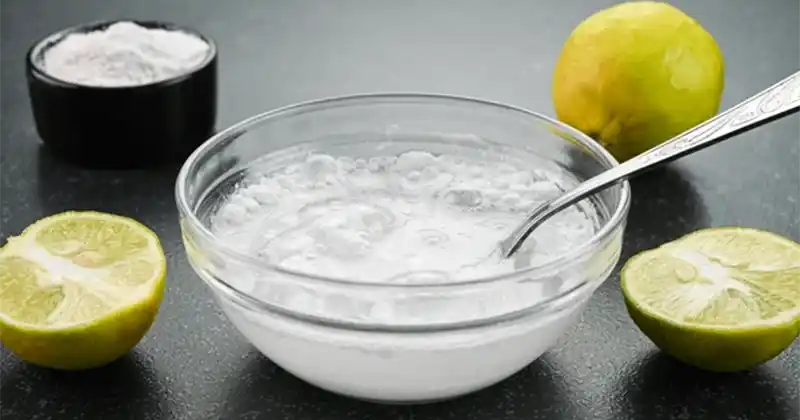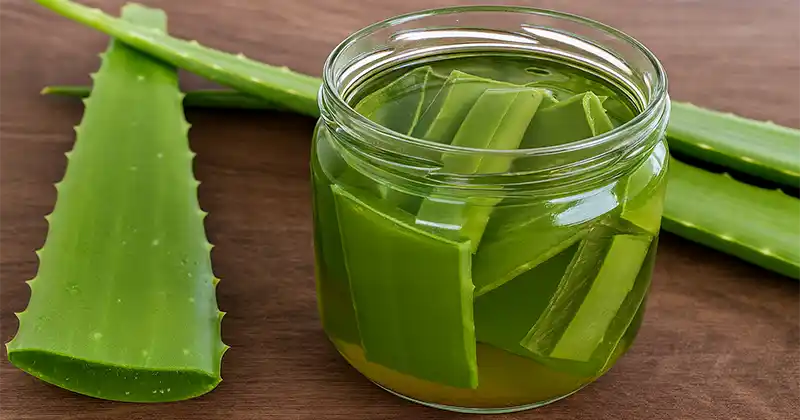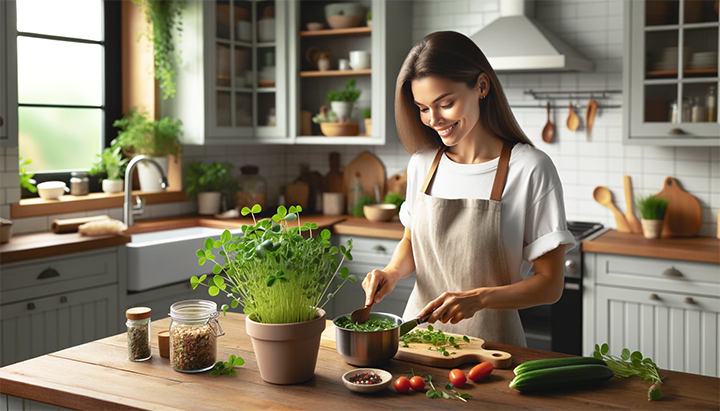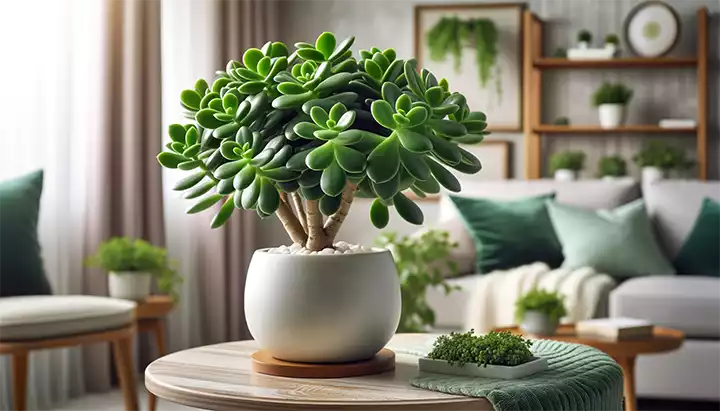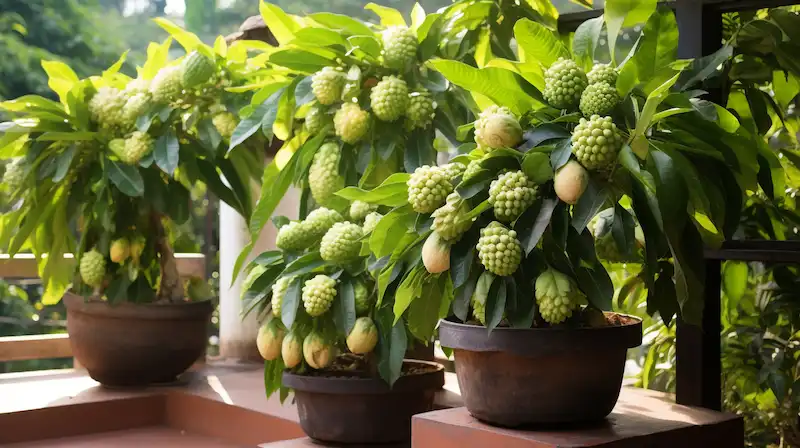Growing and caring for bottlebrush plants (Callistemon spp.) can be a rewarding experience for any gardener. These plants are known for their vibrant, brush-like blooms and adaptability, making them popular in landscaping and home gardens. Here’s a comprehensive guide to help you grow and care for bottlebrush plants:

Introduction
- Scientific Name: The bottlebrush plant is scientifically known as Melaleuca citrina or Callistemon citrinus.
- Variety and Appearance: Bottlebrush plants range from dwarf shrubs to large trees, with species known for their red, crimson, white, or yellow flower spikes. The leaves are pointy, small, and narrow, varying from silvery to blue-green or green.
Growing Conditions
- Climate: Bottlebrush plants thrive in mild climates and are suitable for USDA Hardiness Zones 8b to 11b. In cooler zones, they should be potted and brought indoors during winter.
- Sunlight: They grow best in full sun but can tolerate part shade, although they may produce fewer flowers in less sun.
- Soil: These plants aren’t picky about soil type but prefer well-drained soil. If the soil is poor, enrich it with compost at planting time.
Planting and Propagation
- From Seed: Bottlebrush seeds can be collected any time of year from the small woody fruits that stay on the plant for 2-3 years. Seeds are best sown fresh in well-draining potting soil and germinate in about two weeks.
- From Cuttings: Cut a six-inch stem from a healthy plant in summer. Plant it in a soilless mixture, and it should root in 4-6 weeks.
Care and Maintenance
- Watering: Young trees need regular watering, while established plants are drought-tolerant. Avoid overwatering to prevent root rot.
- Fertilization: Fertilize with compost rather than chemical fertilizers, which can inhibit flowering. Add a two-inch layer of compost over the root zone annually.
- Pruning: Bottlebrush requires minimal pruning. It can be grown as a shrub or pruned to resemble a tree. General maintenance pruning should be done in early spring or late summer.
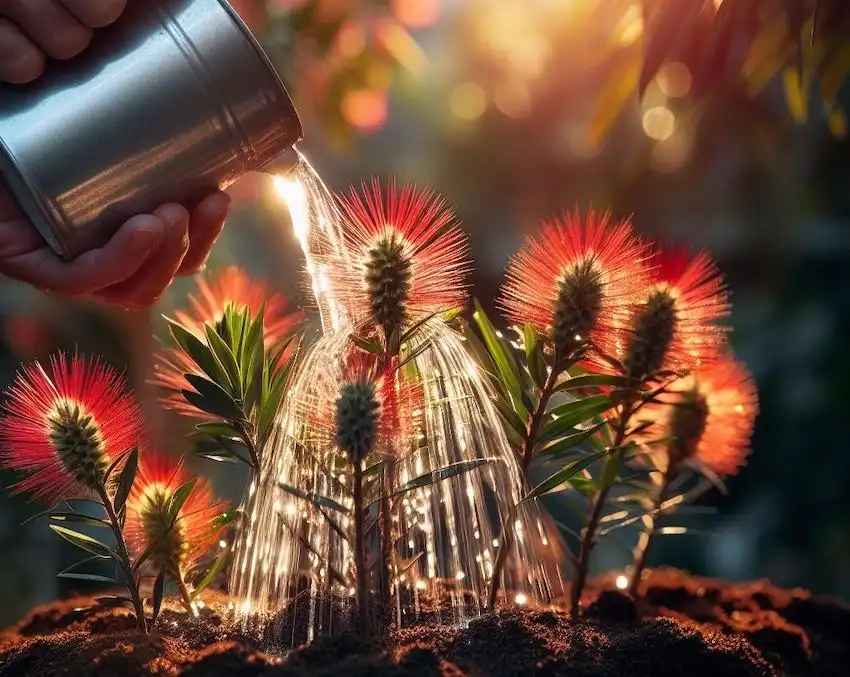

Interesting Facts and Uses
- Growth Rate and Size: Bottlebrush trees can grow up to 30 feet tall and are fast growers, with some varieties adding about 1-3 feet per year.
- Uses: They are used for hedges, screens, ornamentals in gardens, and even for crafting brooms and brushes. The flowers are edible and can be used in recipes, while the leaves can be made into tea with medicinal properties.
- Cultural Significance: Bottlebrush blossoms were used as a natural energy beverage by Australia’s indigenous inhabitants.
Protection
- Cold Tolerance: Bottlebrush trees can survive high temperatures but are not frost-tolerant. Protect them from freezing temperatures with a sheet or muslin cloth.
By following these guidelines, you can successfully grow and maintain a bottlebrush plant, adding vibrant color and unique beauty to your garden.
